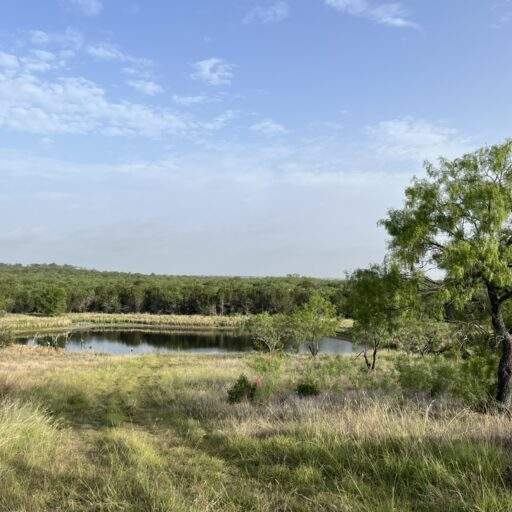Ecosystem Planning and Restoration: The Role of Ecological Architects

In an era marked by climate change, habitat loss, and biodiversity decline, the need for proactive ecosystem planning and restoration has never been more pressing. Ecological architects, individuals and professionals dedicated to designing and implementing sustainable solutions for our environment, play a crucial role in shaping the future of our planet. This guest blog delves into the significance of ecosystem planning and restoration and the invaluable contributions of ecological architects in this critical endeavor.
Understanding Ecosystem Planning and Restoration
Ecosystem planning and restoration encompass a holistic approach to reviving and preserving natural environments. This process involves the identification of ecosystems that require attention, understanding their intricate interdependencies, and devising strategies to mitigate the impacts of human activities while promoting sustainable coexistence.
Ecosystems come in various forms, from forests and wetlands to coastal areas and urban landscapes. Each ecosystem has a unique set of challenges, which makes the role of ecological architects all the more crucial. These professionals blend science, creativity, and sustainable practices to restore and enhance ecosystems for the benefit of both nature and society.
The Role of Ecological Architects
Ecological architects are the stewards of our planet, working tirelessly to mend the environmental damage caused by human actions. Here are some key roles they play in ecosystem planning and restoration:
Site Assessment and Analysis: Ecological architects begin by conducting thorough assessments of the site they intend to restore or enhance. This includes evaluating soil quality, water flow, existing vegetation, and potential threats to the ecosystem. This data forms the foundation for their restoration plans.
Designing Sustainable Solutions: Once armed with site data, ecological architects develop comprehensive restoration plans that prioritize sustainability. They design landscapes that mimic natural processes, such as using native plants and incorporating elements like rain gardens and green roofs to manage water and encourage biodiversity.
Community Engagement: Successful ecosystem restoration often requires the support and involvement of local communities. Ecological architects engage with stakeholders, educate them about the importance of restoration, and collaborate to implement their plans. This fosters a sense of ownership and responsibility among community members.
Biodiversity Conservation: Preserving and enhancing biodiversity is a primary goal of ecosystem restoration. Ecological architects carefully select native plant species and create habitats that cater to local wildlife. This promotes a healthier, more balanced ecosystem.
Sustainable Land Use: In urban areas, ecological architects work to incorporate green spaces and sustainable land-use practices. This helps mitigate the urban heat island effect, improve air quality, and provide recreational opportunities for residents.
Climate Resilience: With climate change exacerbating environmental challenges, ecological architects incorporate climate-resilient strategies into their designs. This includes planning for increased rainfall, rising temperatures, and extreme weather events.
Case Studies: Ecological Architects in Action
Let’s explore a few real-world examples of ecological architects making a difference:
Chicago’s Millennium Park: This iconic urban green space showcases the potential of ecological architecture in urban settings. Designed to be both aesthetically pleasing and environmentally responsible, Millennium Park incorporates green roofs, sustainable landscaping, and advanced stormwater management systems, transforming a former rail yard into a vibrant, sustainable oasis in the heart of the city.
Everglades Restoration: The Florida Everglades, a vital ecosystem, has faced decades of degradation due to drainage and agricultural development. Ecological architects and conservationists are working together on one of the largest ecosystem restoration projects in the world. Their efforts aim to restore natural water flow, improve water quality, and protect the region’s unique biodiversity.
Urban Forest Initiatives: Many cities are recognizing the importance of urban forests in combating climate change and improving quality of life. Ecological architects are central to these initiatives, helping plan and implement urban forestry programs that enhance tree canopies, reduce heat, and improve air quality in metropolitan areas.
Conclusion
Ecosystem planning and restoration are paramount to preserving our planet’s natural heritage and ensuring a sustainable future. Ecological architects are the visionaries and problem solvers at the forefront of this critical mission. Their multidisciplinary approach, blending science, design, and community engagement, makes them essential allies in the battle against environmental degradation.
As we face the challenges of climate change and habitat loss, it is crucial to recognize the vital role ecological architects play in restoring ecosystems, fostering biodiversity, and creating resilient, sustainable environments. Supporting their efforts and investing in ecosystem planning and restoration initiatives is an investment in the health and well-being of our planet and future generations.







